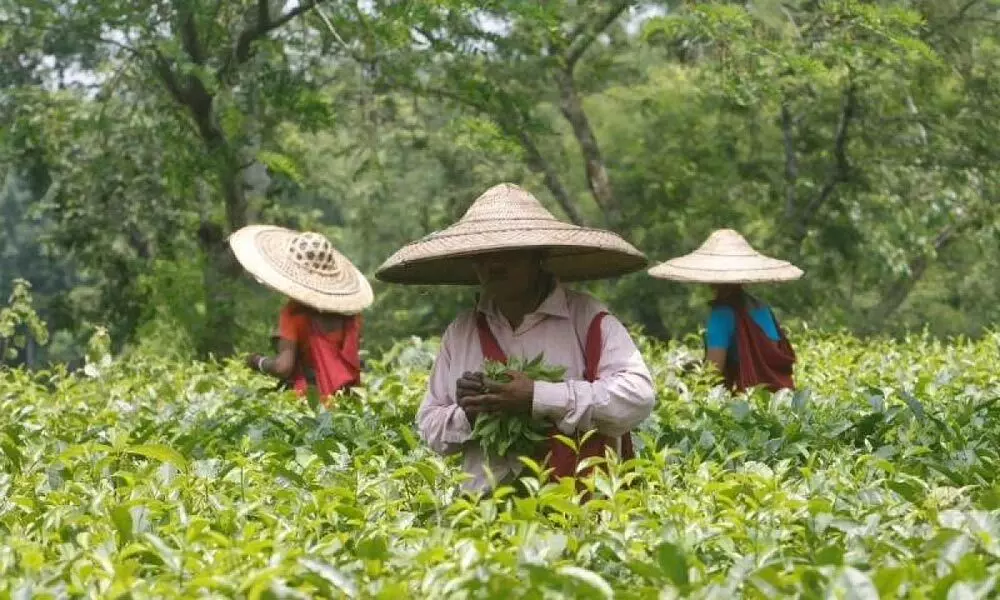Bulk tea industry may face rough weather in FY22 too
The bulk tea industry in India is likely to face another challenging year in FY22. And that’s not without reasons. Mind you that even as the prices largely remained flat, the labour cost in the Indian tea industry, particularly the bulk tea industry from North India have been continuously heading northwards over the last one decade or so.
image for illustrative purpose

The bulk tea industry in India is likely to face another challenging year in FY22. And that's not without reasons. Mind you that even as the prices largely remained flat, the labour cost in the Indian tea industry, particularly the bulk tea industry from North India have been continuously heading northwards over the last one decade or so. And the Indian bulk tea industry understandably had had to cope up with this. Increased production by small tea growers has led to pressure on prices of tea as export stayed in range. This, in turn, has led to a decline in operating profitability of bulk tea players to two per cent in FY20.
While FY21 proved to be one of the best years in recent times for the bulk tea industry, sustainability of the same appears unlikely. While labour wage has been increased effective end-February 2021, production returning to largely normal levels has led to pressure on prices. Therefore, for the long term sustainability of the industry, tea prices must consistently remain materially higher than the cost of production. To ensure long-term sustainable growth for the sector, one must look at the changing dynamics, future global trends and availability of local support to enhance productivity. The changing dynamics in the tea sector calls for greater collaboration between various stakeholders to transform the tea industry and make it more sustainable and environment friendly.
Significantly, if a recent ICRA study is anything to go by, the dual impact of declining prices and increasing costs would likely lead to a "moderation on a y-o-y basis, in the financial performance of north Indian bulk tea industry. But the soft south Indian tea prices have also impacted the north Indian bought tea industry negatively.
South Indian tea prices were down 20 per cent y-o-y in the first half of FY22 despite being quite similar to north Indian tea in quality. But the tea industry felt an opportunity of higher exports with soft South Indian tea prices for the first seven months of the current calendar year (CY) exports from India fell 14 per cent y-o-y.
Precisely the same time, higher imports of Kenyan Tea have started denting the quality of Assam orthodox, Nilgiri orthodox, Kangra and Darjeeling teas owing to a section of blenders' illegal blending. This, the Tea Board of India (TBI) fears, would adversely affect the brand name of Indian tea in the global market. Interestingly, all these varieties of brews have geographical indication (GI) tags and a WTO agreement on trade-related aspects of intellectual property rights bars tea with GI tags to be blended with any other teas. It is pertinent to mention here that the imports of cheap tea from Kenya have witnessed a 146 per cent year-on-year jump and from Nepal, a 28 per cent y-o-y spike, between January and August this year.

